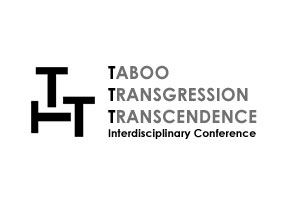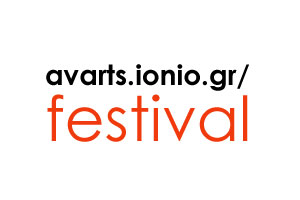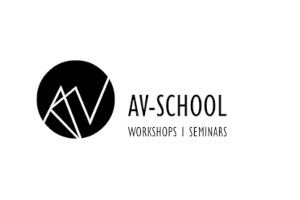This research explores the utilization of Augmented Reality (AR) technologies and animation for enhancing the presentation and understanding of museum collections and archaeological artifacts, focusing primarily on ancient Greek ceramics. The study is particularly centered around artifacts from the National Archaeological Museum (NAM) in Athens and seeks to combine digital storytelling, 3D modeling, and animation techniques to create innovative, immersive visitor experiences.
Research Scope and Objectives
The primary objective is to investigate how AR applications, in conjunction with animated representations, can serve as powerful tools for cultural heritage education and museum interpretation. By reconstructing scenes from ancient ceramic vessels and contextualizing them through animated storytelling, the study aims to bridge the gap between static exhibits and dynamic audience engagement.
The research encompasses both theoretical and applied methodologies. It begins with an analysis of the iconography and narratives depicted on selected ceramic vessels, particularly those involving mythological or everyday life scenes. The artistic and semiotic dimensions of these depictions are examined to inform the design of narrative-based animations.
Methodological Framework
The methodology includes multiple stages:
-
Selection of Artifacts: A number of representative vases from the NAM collection were chosen based on their narrative complexity and visual clarity. These artifacts often depict mythological stories or ritual practices.
-
Digital Documentation: The chosen objects were digitized using high-resolution photography and 3D scanning techniques to ensure accurate reproduction. This forms the foundation for creating 3D models and animations.
-
3D Modeling and Animation: Using specialized software, 3D models of the vases were created. From these, animated sequences were developed that reconstruct the stories depicted on the ceramics, adding motion, sound, and interactivity to the visual narrative.
-
AR Integration: The animations were then incorporated into AR applications, allowing users to view the animated scenes by pointing a mobile device at the physical artifact or an image of it. The application overlays the animation in real time, effectively “bringing the vase to life.”
-
User Experience Design: Special attention was given to interface design and narrative flow, ensuring that the technology enhances rather than distracts from the educational value. The applications are designed to be used within museum settings, either as part of a guided tour or standalone experience.
Educational and Cultural Significance
This research highlights the potential of AR and animation to transform museum experiences by making them more interactive, engaging, and educational. Traditional museum displays often present challenges in conveying the context and significance of ancient artifacts. By animating scenes from the vases, the research allows visitors to better understand the myths, beliefs, and social practices of ancient Greece.
Furthermore, the use of digital media opens new pathways for inclusive and multimodal education, accommodating diverse learning styles and age groups. The project also aligns with broader trends in digital humanities and museum innovation, offering scalable solutions that can be adapted for different collections and institutions.
Contributions and Future Work
This study contributes to the growing body of research on the intersection of art history, technology, and cultural heritage. It demonstrates a replicable model for enhancing museum interpretation through animation and AR, grounded in scholarly analysis and artistic fidelity.
Future work will focus on expanding the database of animated artifacts, improving user interaction, and conducting evaluations with museum visitors to assess the educational impact and usability of the applications. There are also plans to integrate the platform into larger digital ecosystems, including educational curricula and virtual museum environments.
In conclusion, this research affirms that through the careful blending of technology, storytelling, and historical scholarship, museums can evolve into spaces of experiential learning and digital heritage preservation.
Dr. Stylianos Skourlis was born in Nikaia, Attica, in 1976. After completing his undergraduate studies in Graphic Design in 1999, he pursued a career in animation and post-production for commercial spots. Since 2002, he has also been involved in book artistic direction, having typeset over 250 books to date. In 2013, he completed his postgraduate studies in Graphic Design and professionally engaged in application development, achieving 4,500,000 downloads in less than a year. In 2024, he earned his PhD in Graphic Design. Since 2000, he has been teaching animation and cartoon at the University of West Attica.
Back





